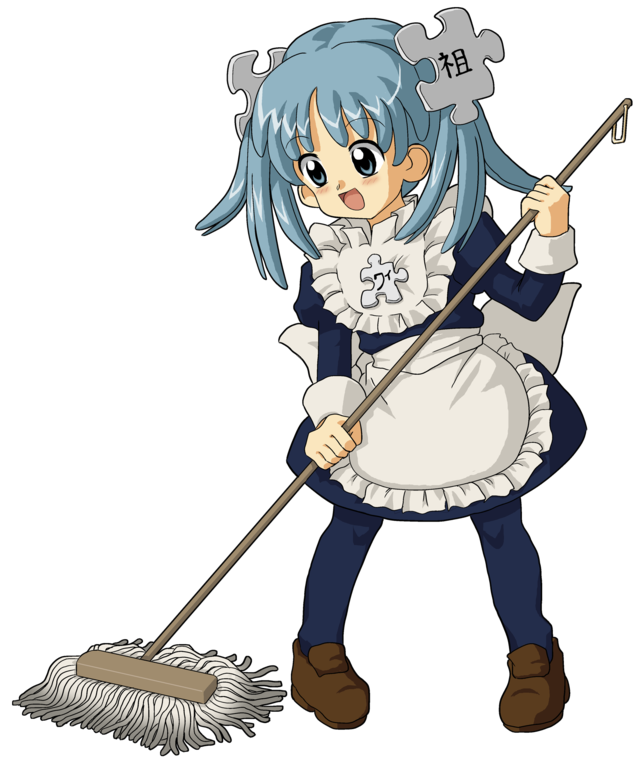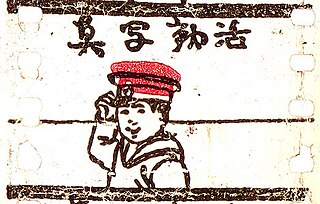Portal:Anime_and_manga
Portal:Anime and manga
 Anime (アニメ) refers to the animation style originating in Japan. It is characterized by distinctive characters and backgrounds (hand-drawn or computer-generated) that visually and thematically set it apart from other forms of animation. Storylines may include a variety of fictional or historical characters, events, and settings. Anime is aimed at a broad range of audiences; consequently, a given series may have aspects of a range of genres. Anime is most frequently distributed by streaming services, broadcast on television, or sold on DVDs and other media, either after their broadcast run or directly as original video animation (OVA). Console and computer games sometimes also feature segments or scenes that can be considered anime. Manga (漫画) is Japanese for "comics" or "whimsical images". Manga developed from a mixture of ukiyo-e and Western styles of drawing, and took its current form shortly after World War II. Manga, apart from covers, is usually published in black and white but it is common to find introductions to chapters to be in color and read from top to bottom and then right to left, similar to the layout of a Japanese plain text. Financially, manga represented 2005 a market of ¥24 billion in Japan and $180 million in the United States. Manga was the fastest-growing segment of books in the United States in 2005. In 2020, Japan's manga industry hit a value of ¥612.6 billion due to the fast growth of the digital manga market, while manga sales in North America reached an all-time high at almost $250 million. Anime and manga share many characteristics, including exaggerating (in terms of scale) of physical features, to which the reader presumably should pay most attention (best known being "large eyes"), "dramatically shaped speech bubbles, speed lines and onomatopoeic, exclamatory typography..." Some manga (a small percentage) are adapted into anime, often with the collaboration of the original author. Computer games can also be adapted into anime. In such cases, the work's original story is often compressed or modified to fit the new format and appeal to a wider demographic. Popular anime franchises sometimes include full-length feature films. Some anime franchises have been adapted into live-action films and television programs. Katsudō Shashin is a filmstrip speculated to be the oldest work of animation in Japan. Three seconds long, it depicts a boy who writes "moving picture" in Japanese script, removes his hat, and waves. Discovered in a collection of films and projectors in Kyoto, its creator is unknown. Natsuki Matsumoto, an expert in iconography at the Osaka University of Arts, determined that it was most likely made before 1912. It may have been influenced by animated filmstrips for German cinematographs, devices that first appeared in Japan in 1904. Evidence suggests Katsudō Shashin was mass-produced to be sold to wealthy owners of home projectors. To Matsumoto, the relatively poor quality and low-tech printing technique indicate it was likely from a smaller film company. Unlike in traditional animation, the frames were not produced by photographing the images, but were impressed directly onto film. They were stencilled in red and black using a device for making magic lantern slides, and the filmstrip was fastened in a loop for continuous play. (Full article...) The anime series Trinity Blood spans 24 episodes. The anime was based on a series of Japanese light novels of the same name written by Sunao Yoshida. It was directed by Tomohiro Hirata, animated by Gonzo and produced by the fourteen companies on the "Trinity Blood" Production Committee. The first episode premiered in Japan on WOWOW on April 28, 2005; new episodes aired weekly until its conclusion on October 27, 2005. Trinity Blood first premiered in dubbed English on July 6, 2006 on the Razer specialty channel in Canada, and it premiered in the United States on September 9, 2006 as part of the Adult Swim block of Cartoon Network. Madman Entertainment licensed the series for English release in Australia and New Zealand. (Full list...) 
A clip from the now-lost film Chikara to Onna no Yo no Naka ("Within the World of Power and Women" or "The World of Power and Women") (1933), the first anime to feature a voiceover.
Manga serialization
Film releases
Related WikiProjects:

History · Industry (Voice acting · Companies) · Original video animation · Original net animation · Fansub · Fandub · Lists
History · Publishers · International market · Iconography · Dōjinshi · Alternative · Gekiga · Yonkoma · Scanlation · Lists
Demographic groups (Children · Shōnen · Shōjo · Seinen · Josei) · Genres (Cooking · Erotic (Bara · Yaoi · Yuri) · Harem · Isekai · Magical girl · Mecha · Sports · Others) Other Names in Countries ((South Korea)) Manhwa Western Comics ((China)) Manhua
Glossary (Ecchi · Hentai · Moe) · Anime-influenced animation · 2.5D musical
Discover Wikipedia using portals |

























